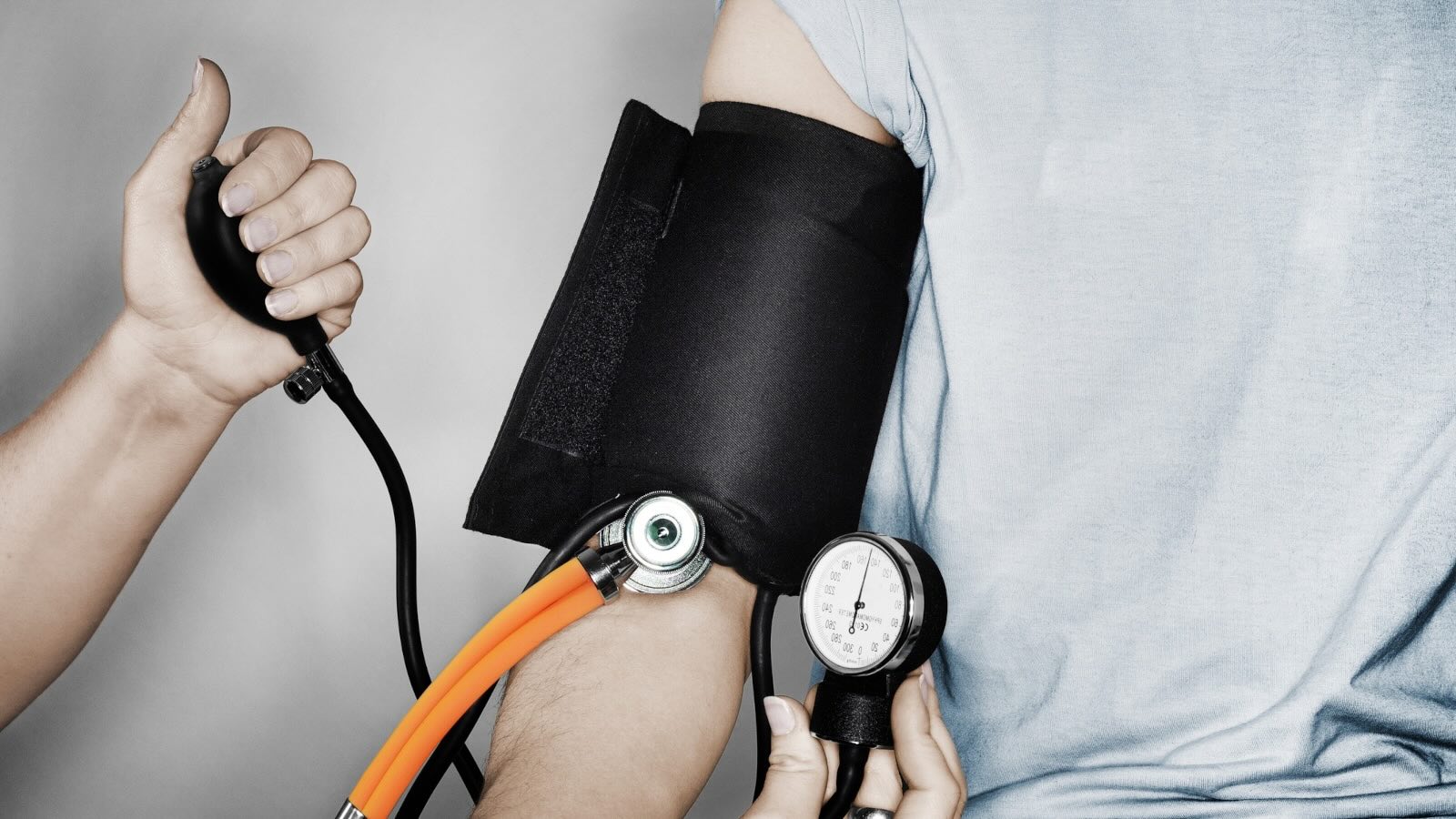
What is a sphygmomanometer? It's a device used to measure blood pressure. This tool is essential in medical settings, helping doctors monitor patients' heart health. Invented in the late 19th century, it has evolved from bulky, manual models to sleek, digital versions. Why is it important? Regular blood pressure checks can detect hypertension early, preventing serious conditions like heart disease and stroke. How does it work? It consists of an inflatable cuff, a measuring unit, and sometimes a stethoscope. The cuff inflates to restrict blood flow, then slowly deflates while the device measures the pressure. Who uses it? Everyone from doctors to nurses to home users. Understanding this device can help you take control of your health.
What is a Sphygmomanometer?
A sphygmomanometer is a medical device used to measure blood pressure. It’s a crucial tool in healthcare, helping doctors monitor and manage patients' cardiovascular health. Let's dive into some fascinating facts about this essential instrument.
-
The word "sphygmomanometer" comes from the Greek words "sphygmos" (pulse) and "manometer" (pressure meter).
-
Invented by Samuel Siegfried Karl Ritter von Basch in 1881, it revolutionized how blood pressure was measured.
-
Early versions were mercury-based, which is why some are still called mercury sphygmomanometers.
-
Modern sphygmomanometers come in three types: mercury, aneroid, and digital.
-
Mercury sphygmomanometers are considered the gold standard for accuracy.
How Does a Sphygmomanometer Work?
Understanding how this device functions can help appreciate its importance. It measures the force of blood against artery walls as the heart pumps.
-
It consists of an inflatable cuff, a measuring unit, and a mechanism for inflation.
-
The cuff is wrapped around the upper arm and inflated to restrict blood flow.
-
As the cuff deflates, the first sound heard through a stethoscope indicates systolic pressure.
-
The point where the sound disappears marks the diastolic pressure.
-
Digital versions use oscillometric measurements, detecting blood flow vibrations.
Importance in Healthcare
Sphygmomanometers play a vital role in diagnosing and managing various health conditions. Accurate blood pressure readings are essential for effective treatment.
-
High blood pressure, or hypertension, can lead to heart disease, stroke, and kidney failure.
-
Regular monitoring helps in early detection and management of hypertension.
-
It’s also used to diagnose hypotension, or low blood pressure, which can cause dizziness and fainting.
-
Blood pressure readings are crucial during surgeries and in intensive care units.
-
Home monitoring devices empower patients to track their blood pressure, promoting better health management.
Types of Sphygmomanometers
Different types cater to various needs and preferences. Each has its pros and cons.
-
Mercury sphygmomanometers are highly accurate but bulky and contain toxic mercury.
-
Aneroid sphygmomanometers are portable and mercury-free but require regular calibration.
-
Digital sphygmomanometers are user-friendly and provide quick readings but can be less accurate if not used correctly.
-
Wrist and finger monitors offer convenience but are generally less reliable than arm monitors.
-
Some advanced digital models come with features like memory storage and irregular heartbeat detection.
Fun Facts
Here are some interesting tidbits about sphygmomanometers that you might not know.
-
The first digital sphygmomanometer was introduced in the 1970s.
-
The American Heart Association recommends using an upper arm monitor for the most accurate readings.
-
Blood pressure can vary throughout the day, influenced by factors like stress, activity, and diet.
-
White coat syndrome is a phenomenon where patients exhibit higher blood pressure readings in a clinical setting due to anxiety.
-
Some modern sphygmomanometers can connect to smartphones, allowing users to track their readings over time.
The Final Word on Sphygmomanometers
Sphygmomanometers, those trusty blood pressure gauges, have been around for over a century. They come in various types like mercury, aneroid, and digital, each with its own perks. Knowing how to use one properly can help keep tabs on your health. Remember, accurate readings depend on correct cuff placement and staying relaxed during measurement. These devices have evolved, but their core purpose remains the same: monitoring blood pressure to prevent health issues. Whether you're a healthcare professional or just someone wanting to keep an eye on your numbers, understanding sphygmomanometers is key. So next time you see one, you'll know it's not just a fancy gadget but a vital tool in healthcare. Keep this knowledge handy, and you'll be better prepared to manage your health or assist others in doing so.
Was this page helpful?
Our commitment to delivering trustworthy and engaging content is at the heart of what we do. Each fact on our site is contributed by real users like you, bringing a wealth of diverse insights and information. To ensure the highest standards of accuracy and reliability, our dedicated editors meticulously review each submission. This process guarantees that the facts we share are not only fascinating but also credible. Trust in our commitment to quality and authenticity as you explore and learn with us.
